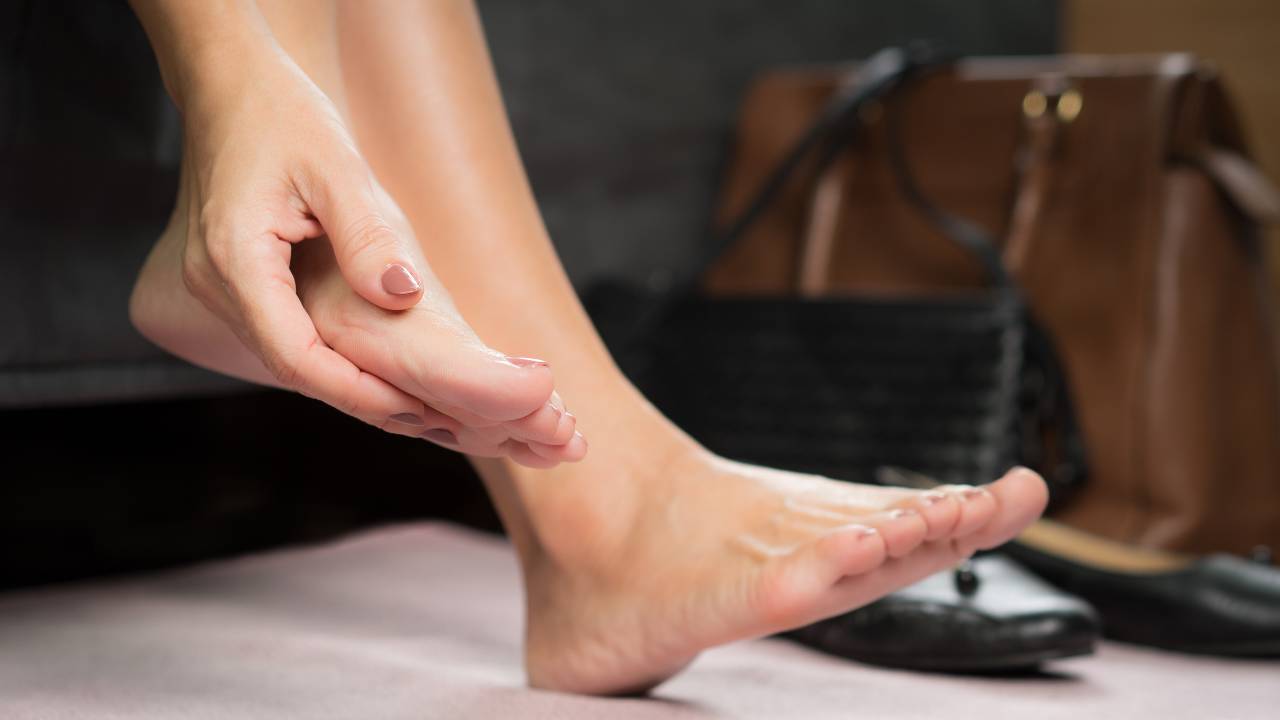
Understanding the Seven Causes of Big Toe Pain
Big toe pain can be more than just a minor annoyance; it can significantly affect mobility, athletic performance, and daily activities. Recognizing the causes of big toe pain can assist in proper diagnosis and treatment. Let’s delve into seven common causes of big toe pain and their corresponding treatments.
1. Gout:
Description: Gout is a form of inflammatory arthritis that occurs when uric acid crystals accumulate in the joints. The big toe, especially its base, is the most commonly affected area.
Symptoms: Intense pain, redness, warmth, and swelling.
Treatment: Anti-inflammatory medications, colchicine, and drugs that lower uric acid levels. Avoidance of foods high in purines, such as red meat and seafood, can also help prevent gout flare-ups.
2. Bunions (Hallux Valgus):
Description: A bunion is a bony bump that forms on the joint at the base of the big toe. It forms when the big toe pushes against the next toe, forcing the joint to stick out. People who have bunions, hammertoes, high arches, or flatfeet are at higher risk of developing Morton's neuroma.
Symptoms: Pain, redness, and a noticeable bump on the inside of the foot. The pain is often aggravated by shoes that are too tight or have high heels.
Treatment: Wearing roomier shoes, using bunion pads, and taking pain relievers can help. In severe cases, surgery might be necessary.
3. Turf Toe:
Description: Turf toe is a sprain of the ligaments around the big toe joint. It often occurs when the toe is forcibly bent up, commonly seen in athletes who play on artificial turf.
Symptoms: Pain, swelling, and limited joint movement.
Treatment: Rest, ice, compression, and elevation (RICE). Anti-inflammatory drugs can reduce pain and swelling. In some cases, immobilization or physiotherapy might be required.
4. Ingrown Toenail:
Description: This condition arises when the edge of the toenail grows into the skin of the toe. While any toe can be affected, the big toe is most commonly involved.
Symptoms: Pain, redness, swelling, and sometimes an infection.
Treatment: Soaking the foot in warm water, using over-the-counter pain relievers, and wearing roomy shoes can help. If the pain is severe or there's an infection, see a doctor. Surgical removal of part of the ingrown nail may be necessary.
5. Sesamoiditis:
Description: The sesamoids are two small bones beneath the big toe joint. Sesamoiditis is an inflammation of the tendons around these bones, usually caused by repetitive activities or trauma.
Symptoms: Pain under the big toe, especially when moving or bearing weight.
Treatment: Rest, orthotic devices, and pain-relieving medications. Severe cases might require immobilization or even surgery.
6. Osteoarthritis:
Description: The most common form of arthritis, osteoarthritis involves the wear-and-tear of joint cartilage over time.
Symptoms: Pain, stiffness, and swelling in the big toe. It tends to get worse after periods of inactivity.
Treatment: Over-the-counter pain relievers, weight management, physical therapy, and sometimes surgery.
7. Fractures:
Description: The big toe can break due to trauma or repetitive actions. Stress fractures, tiny cracks in the bone, can develop from repeated impact, like running.
Symptoms: Sharp pain, bruising, swelling, and difficulty moving the toe.
Treatment: Rest, ice, and immobilization. A visit to the doctor is essential to determine the extent of the fracture and recommend a treatment plan.
In Conclusion:
Big toe pain can have a multitude of causes, from acute injuries to chronic conditions. It's essential to recognize the symptoms early and seek appropriate treatment to prevent complications and ensure optimal recovery. If you experience persistent or severe toe pain, consult a healthcare professional to get an accurate diagnosis and tailored treatment recommendations. Your feet are the foundation of your mobility, and taking care of them is paramount for an active and pain-free life.

Comments (0)